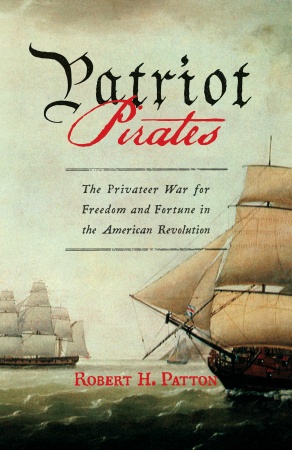Cool, I guess. My choice would be to just switch to a higher caliber rifle, as opposed to dressing up this varmint shooter we call the M4.
If I was to add one more little addition to this list, that would be to make the Mk 262 round the standard round. Sure it would be expensive, and tough to make enough of them, but it could it be done. That 77 grn. bullet is awesome for this weapon, and truly juices every last drop of effectiveness out of the weapon called the M4. (just as long as you have the barrel to support that kind of ammunition)
In my opinion, for the cross canyon fire fights in Afghanistan, you need something with reach and with knock-down power. That little 5.56 round just doesn’t do it for me. Hell, I wouldn’t even use that round for hunting deer. Any way…. –Matt
Edit: I want to point the readership to a voice of reason about these recent so-called ‘weapon failures’ in the war. Paul Howe has a running newsletter, and he discussed this issue and his thoughts. His focus was how to properly maintain your weapon and shooting accurately. If a soldier goes through thirty magazines in a fight, then there should be a ton of dead enemy soldiers surrounding him. The M4 should not be used as a noise maker to scare the enemy to death. Anyway, check out what Paul had to say here.
—————————————————————-
Major revamp possible for M4 carbine
Army wants new barrel, faster fire and 4 other improvements
By Matthew Cox – Staff writer
Sunday Nov 22, 2009
The Army is considering a major redesign of the M4 aimed at making the weapon shoot cleaner and longer — at high rates of fire.
As the Army awaits Defense Department approval of a competition to find a new carbine, weapons officials have identified six fixes intended to address shortcomings in reliability, durability and handling of the Army’s inventory of more than 400,000 M4s.
Army weapons officials presented the proposed changes to Congress on Oct. 30. They are:
• Adding a heavier barrel for better performance during high rates of fire.
• Replacing the direct-impingement gas system with a piston gas system.
• Improving the trigger pull.
• Adding an improved rail system for increased strength.
• Adding ambidextrous controls.
• Adding a round counter to track the total number of bullets fired over the weapon’s lifetime.
